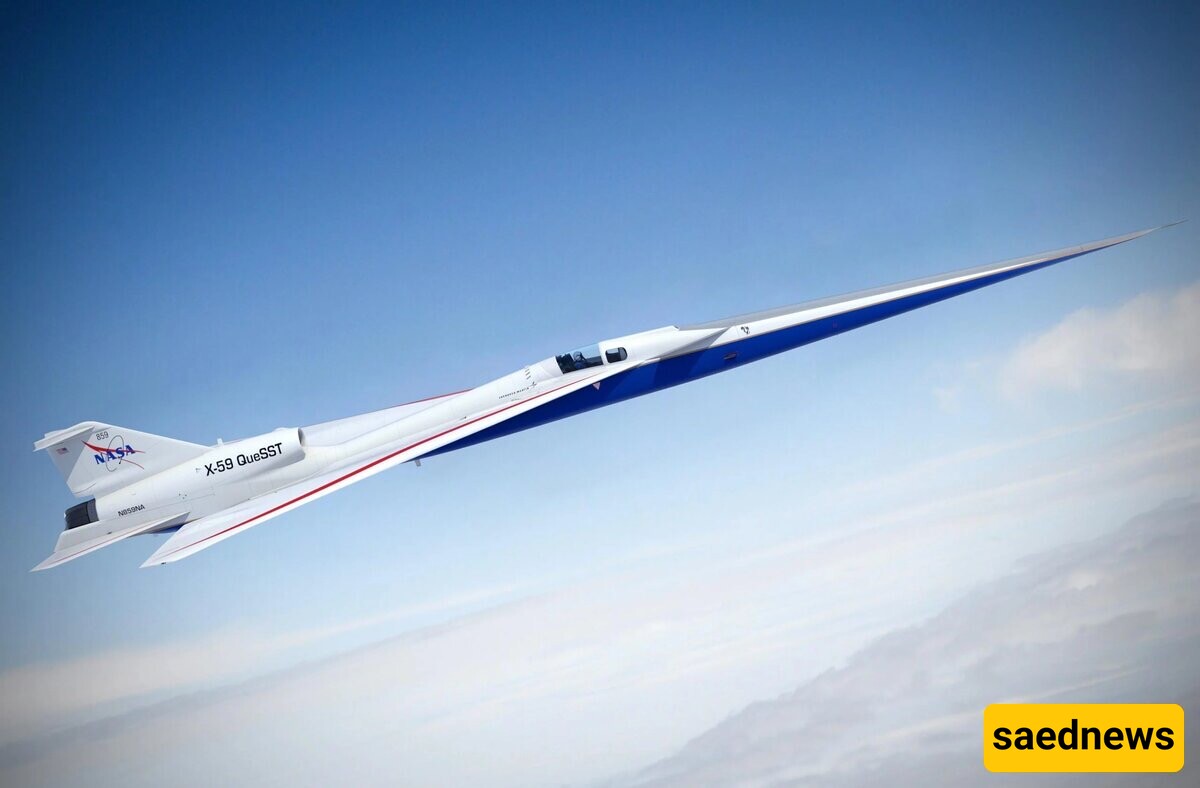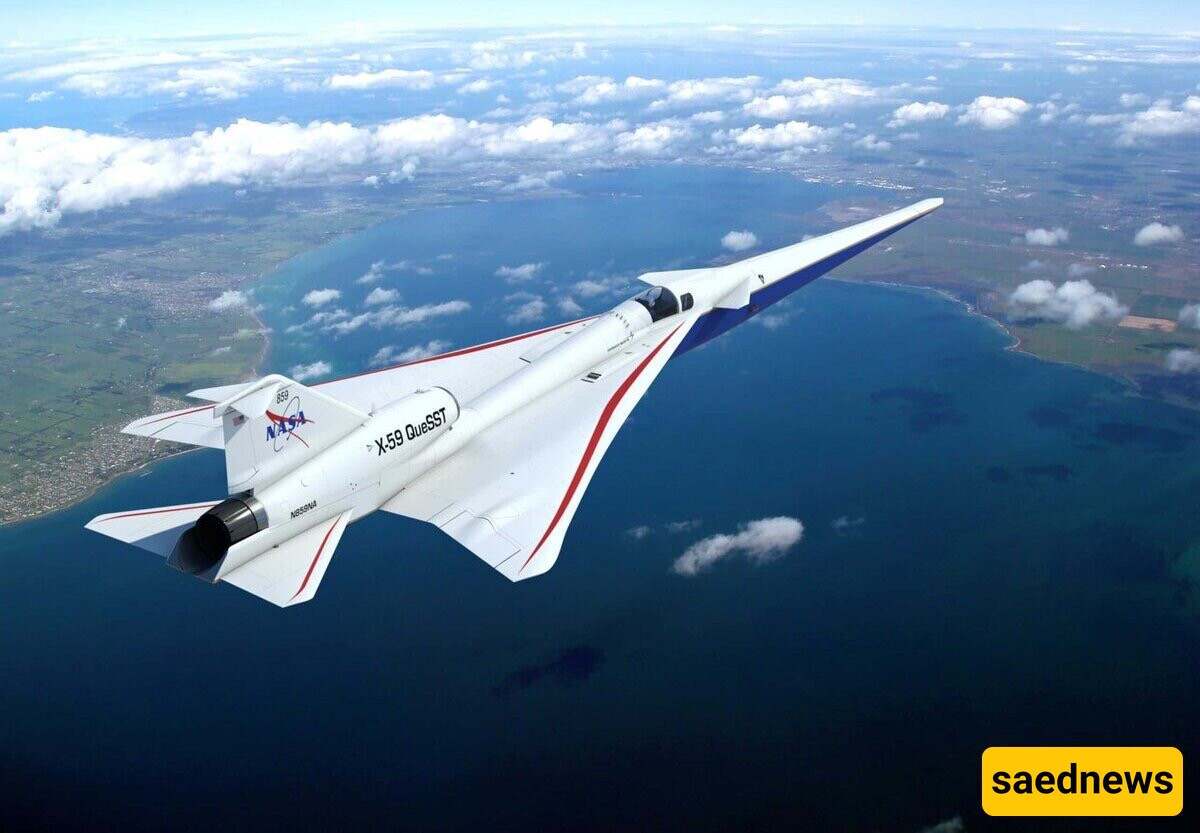Throughout history, many fascinating and innovative airplanes have been built, each with its own unique features. However, the development of a supersonic aircraft is something that cannot be overlooked.

According to Saed News, citing Delta, NASA officially unveiled its X-59 supersonic jet in January this year. This advanced aircraft is designed to break the sound barrier without producing the deafening and terrifying sonic boom typically associated with supersonic flight. This revolutionary technology is called "Quiet Supersonic Technology."
The X-59, with its futuristic turquoise-colored design, is over 30 meters long and is intended as a passenger supersonic aircraft. Scientists are continuously pushing technological advancements, particularly in artificial intelligence and robotics—such as the Sophia robot. Perhaps, in the near future, AI could play a role in the development of supersonic aircraft as well.

Supersonic aircraft could significantly reduce travel time between cities, contribute to advancements in aviation technology, and increase passenger transport efficiency. However, their development comes with numerous technical and environmental challenges. That’s why extensive efforts are being made to improve engine technology, stability management, and sustainability in the construction of these high-speed aircraft.

